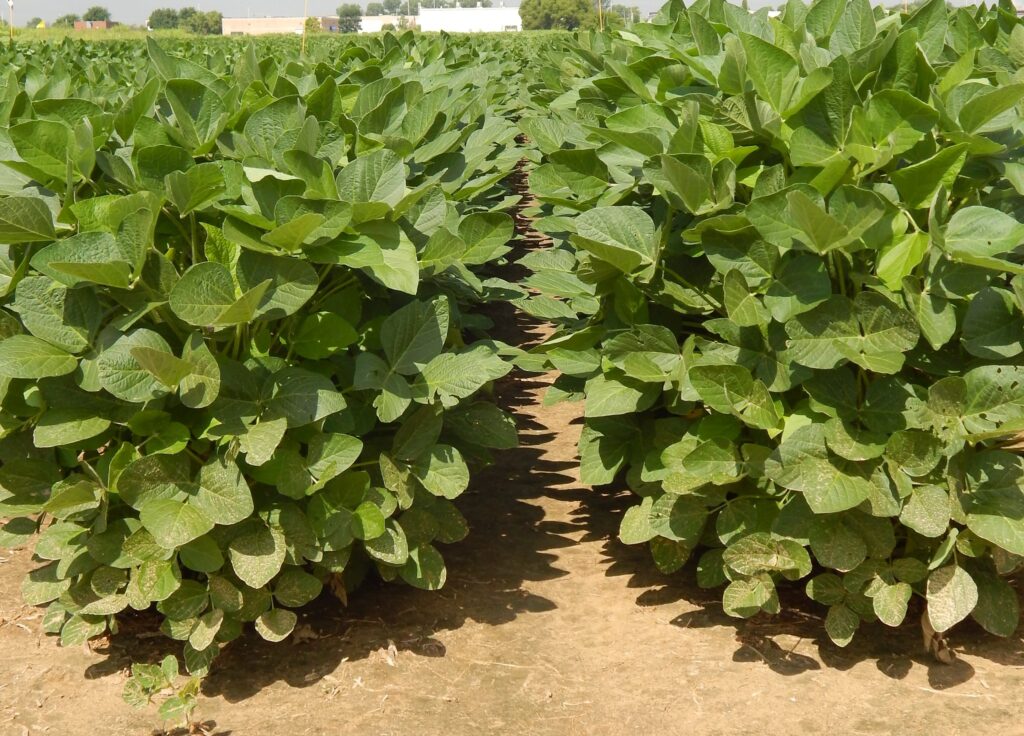
New York’s Birds and Bees Protection Act contains a targeted restriction on neonicotinoid pesticides. These widely-used insecticides are absorbed by plants and can be present in pollen and nectar, making them toxic to bees and other pollinators.
Among the largest applications of neonics (as they are called) has been in the form of coatings on crop seeds, such as corn and soybeans. In 2019, Canada’s Quebec province strongly limited neonic use to protect pollinators and the environment. The chemical industry vigorously protested the regulations and claimed that the restrictions would cause the collapse of the grain sector in Quebec.
Seed suppliers began supplying uncoated seeds in 2019 and now there is scarcely any use of coated seeds in the province. Monitoring of over 1,000 agricultural sites has shown that there have been no crop failures related to the pesticide restrictions. In fact, use of the neonics had no economic benefits.
Naysayers warned that even more harmful pesticides or other farming practices would be used instead. But that hasn’t happened either. Some farmers switched to much safer insecticides and others abandoned insecticide treatments altogether.
New York has faced similar opposition by farmers and chemical manufacturers to the Birds and Bees Protection Act and all of the same arguments that have been proven to be invalid in Quebec are being made in New York. Most major environmental advocates in the state support the measures embodied in the legislation. As usual, it boils down to a battle between economic interests and the health of the environment.
**********
Web Links
Québec’s experience with pesticide ban offers a glimpse of what New York can expect
Photo, posted August 29, 2013, courtesy of the United Soybean Board / the Soybean Checkoff via Flickr.
Earth Wise is a production of WAMC Northeast Public Radio
Leave a Reply